
All Resources

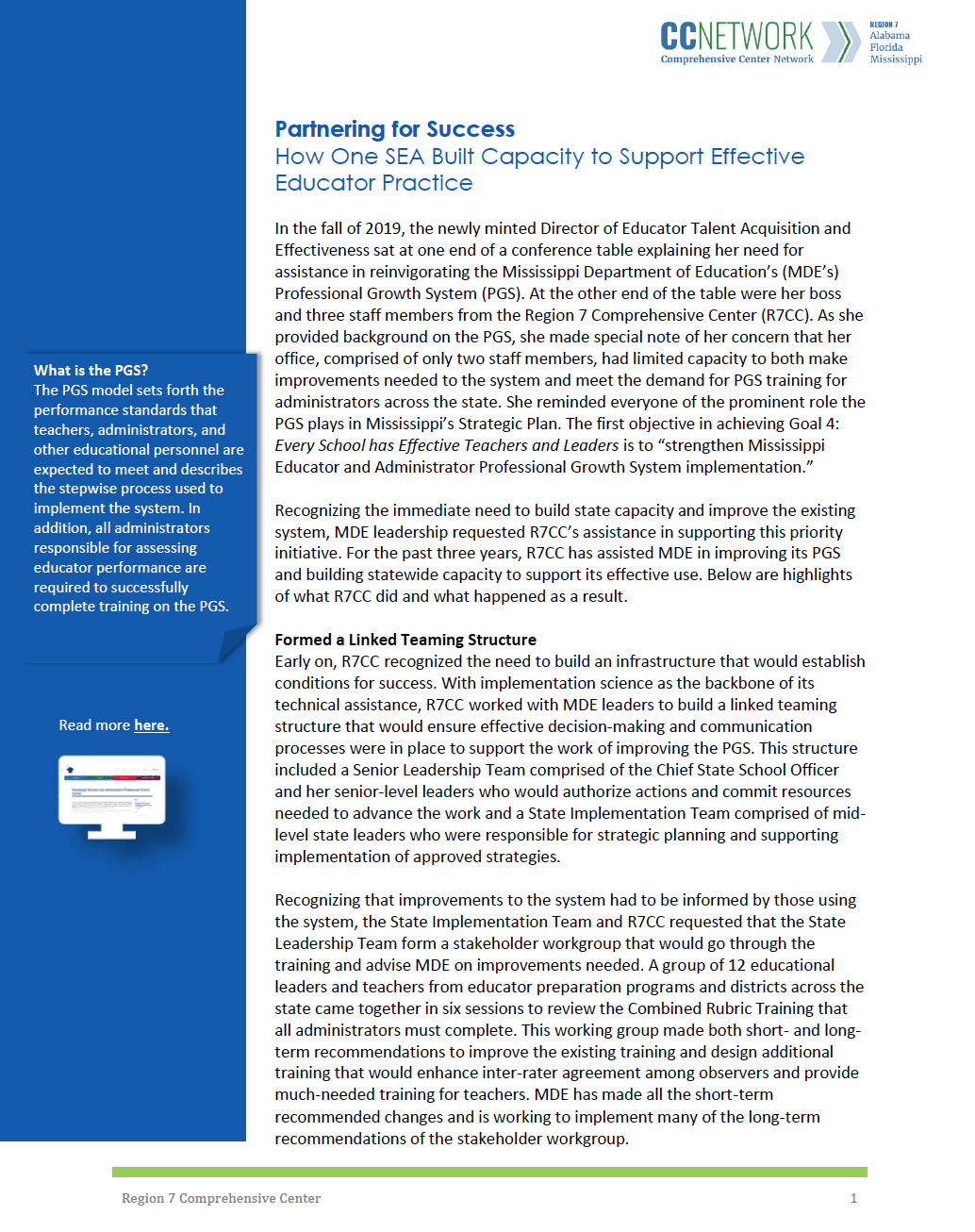
Partnering for Success: How One SEA Is Building Capacity to Support Effective Educator Practice
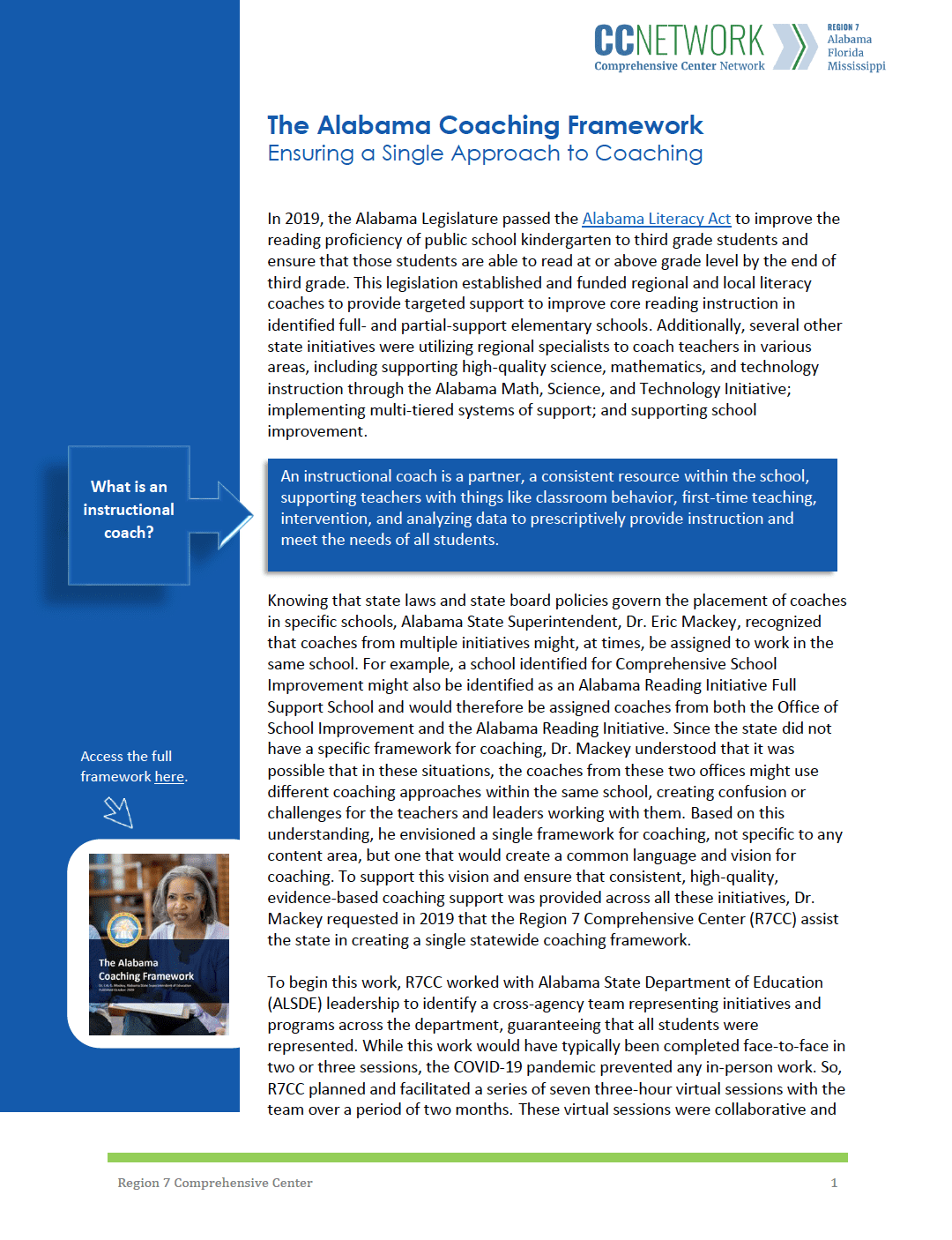
The Alabama Coaching Framework: Ensuring a Single Approach to Coaching
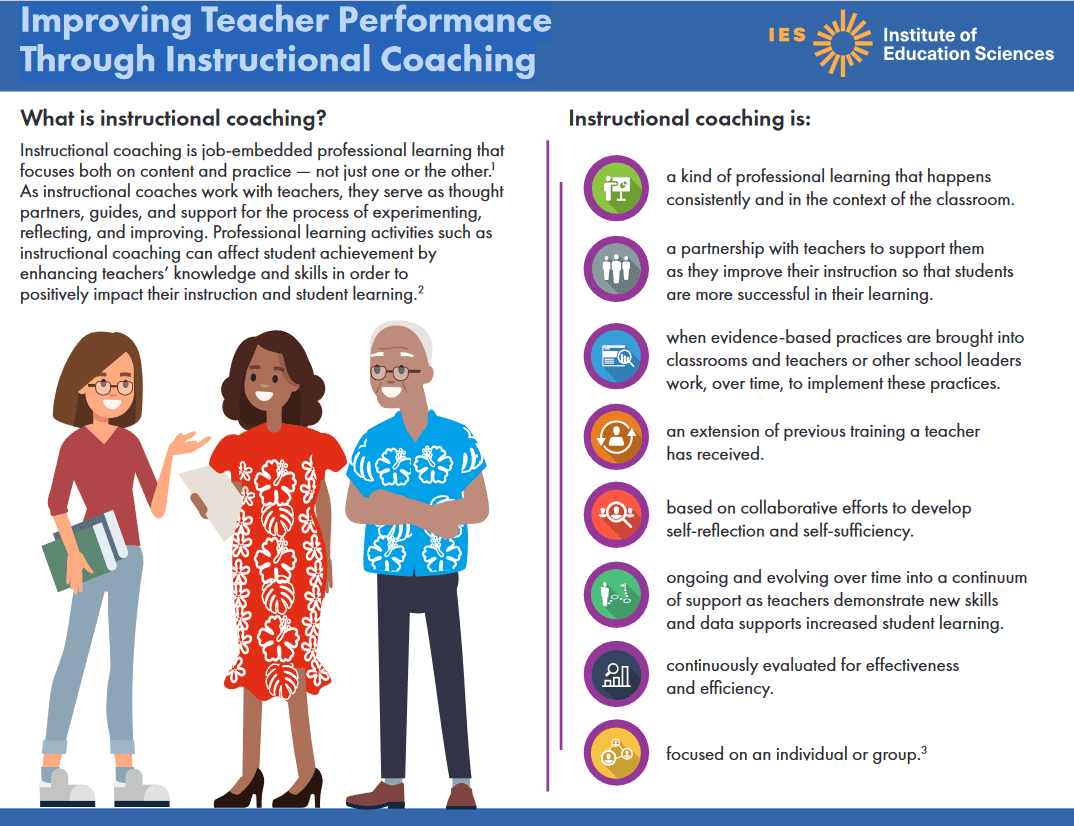
Improving Teacher Performance Through Instructional Coaching

Reading Rockets Summer Reading
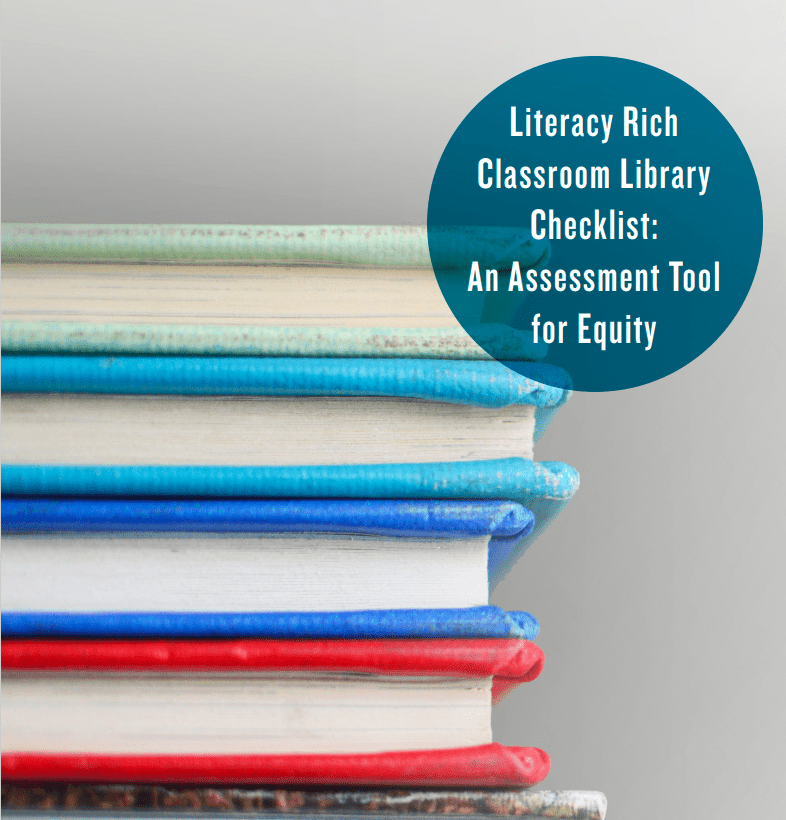
Literacy Rich Classroom Library Checklist: An Assessment Tool for Equity
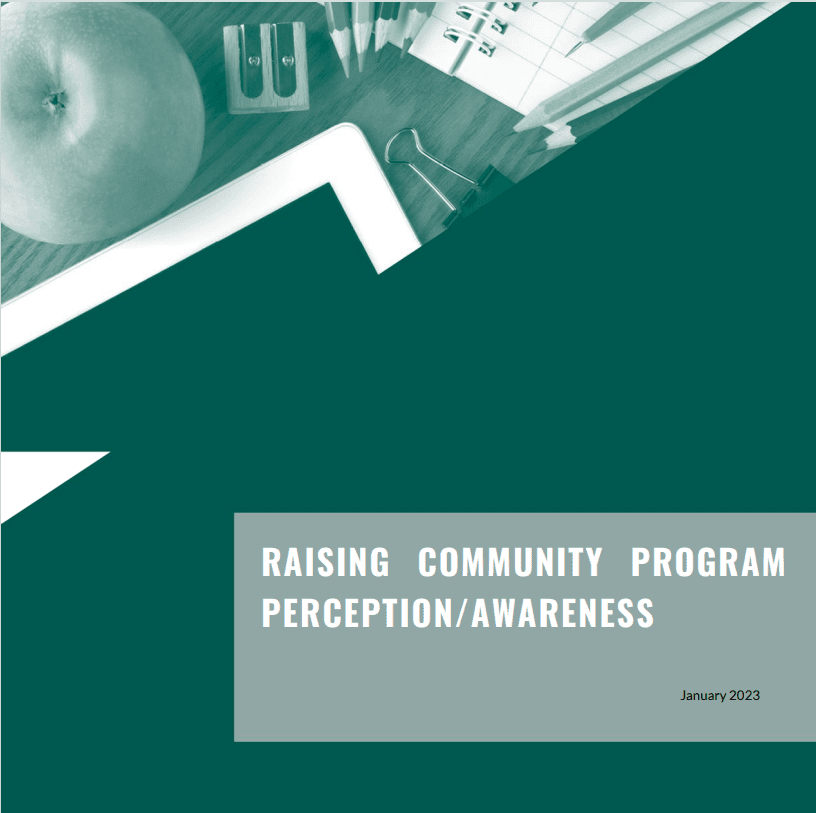
Raising Community Program Perception/Awareness

Webinar: Solving the Teacher Shortage Challenge
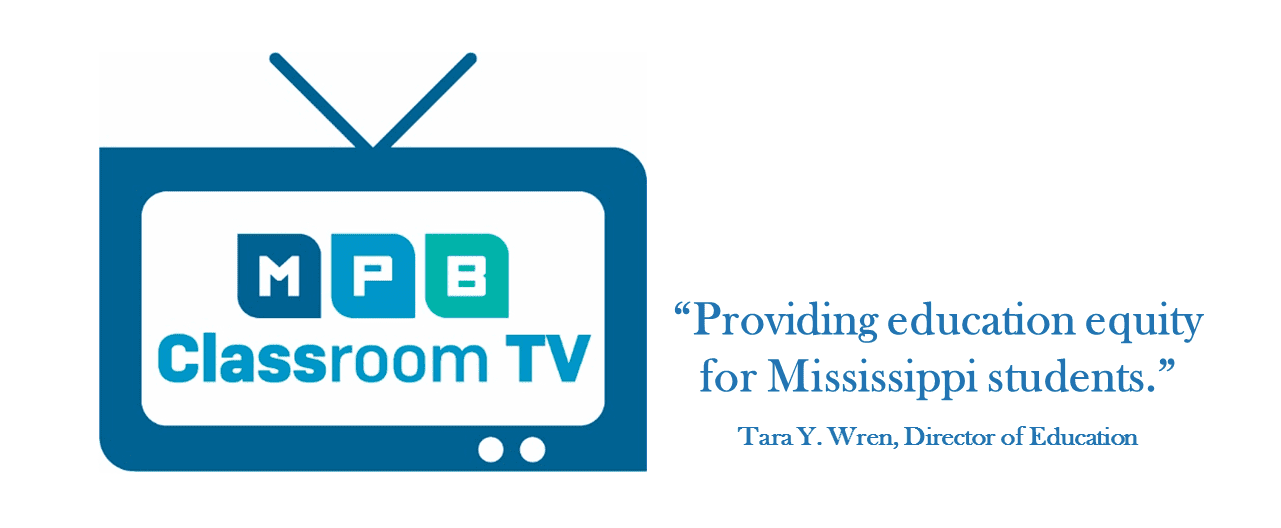
Mississippi Public Broadcasting Classroom TV
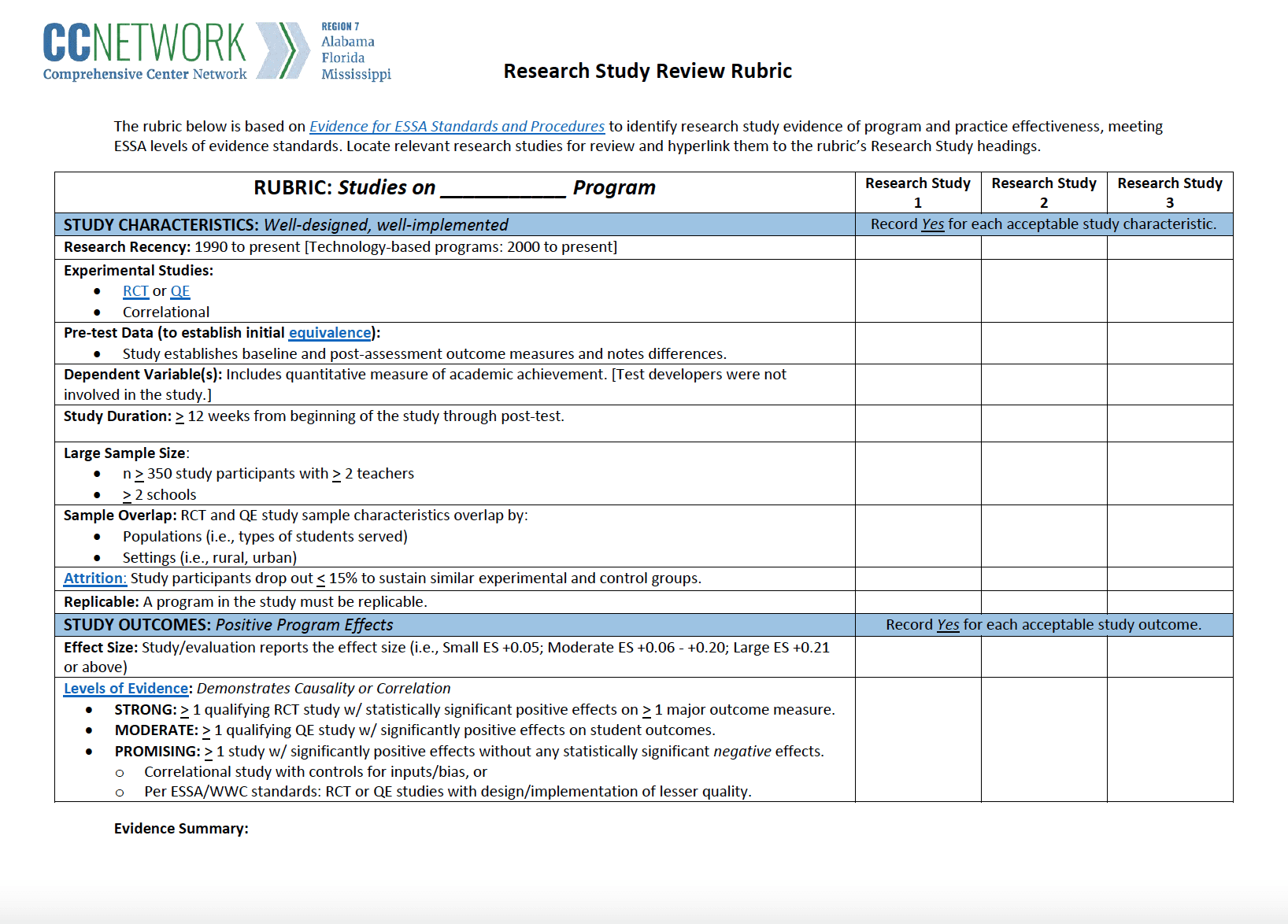
Research Study Review Rubric
Structured Literacy and Typical Literacy Practices: Understanding Differences to Create Instructional Opportunities
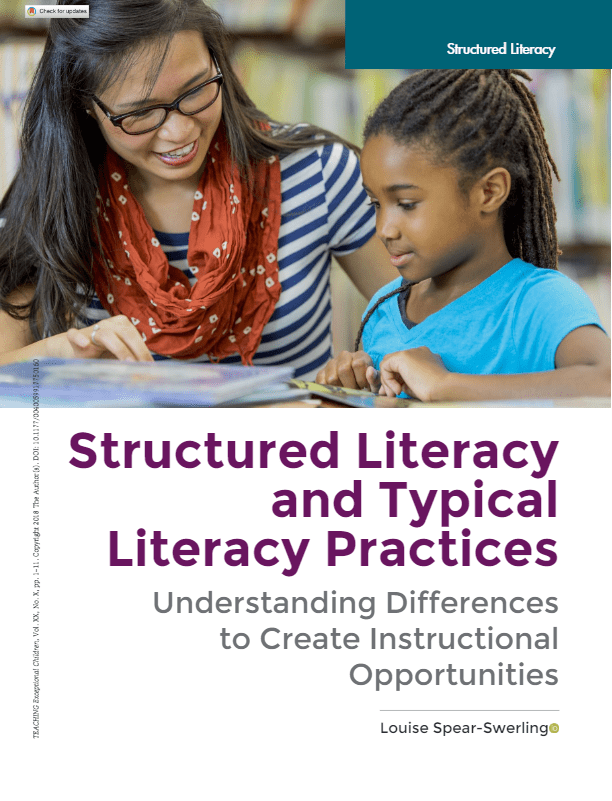
Content Start
In this article, Louise Spear-Swerling discusses the key features of structured literacy (SL) beginning with explicit and systematic instruction. The article explains why SL is an effective way to teach children with dyslexia and students who struggle with learning to read.
Information on what Spear-Swerling calls typical literacy practices (TLP) cites other types of teaching where the reading is more of the lesson focus than phonemic awareness or phonics. Tables in the article include sample activities with prerequisites, the differences between SL and TLP and different types of student oral reading errors in text.
Source
U.S. Department of Education


 This material is in the public domain. While permission to reprint is not necessary, publication should be cited. This website was funded through the Office of Elementary and Secondary Education (OESE) and developed by the Region 7 Comprehensive Center at RMC Research Corporation. (Award # S283B190023). This website contains resources that are provided for the reader's convenience. These materials may contain the views and recommendations of various subject matter experts as well as hypertext links, contact addresses, and websites to information created and maintained by other public and private organizations. The U.S. Department of Education does not control or guarantee the accuracy, relevance, timeliness, or completeness of any outside information included in these materials. The views expressed herein do not necessarily represent the positions or policies of the U.S. Department of Education. No official endorsement by the U.S. Department of Education of any product, commodity, service, enterprise, curriculum, or program of instruction mentioned in this document is intended or should be inferred.
This material is in the public domain. While permission to reprint is not necessary, publication should be cited. This website was funded through the Office of Elementary and Secondary Education (OESE) and developed by the Region 7 Comprehensive Center at RMC Research Corporation. (Award # S283B190023). This website contains resources that are provided for the reader's convenience. These materials may contain the views and recommendations of various subject matter experts as well as hypertext links, contact addresses, and websites to information created and maintained by other public and private organizations. The U.S. Department of Education does not control or guarantee the accuracy, relevance, timeliness, or completeness of any outside information included in these materials. The views expressed herein do not necessarily represent the positions or policies of the U.S. Department of Education. No official endorsement by the U.S. Department of Education of any product, commodity, service, enterprise, curriculum, or program of instruction mentioned in this document is intended or should be inferred.